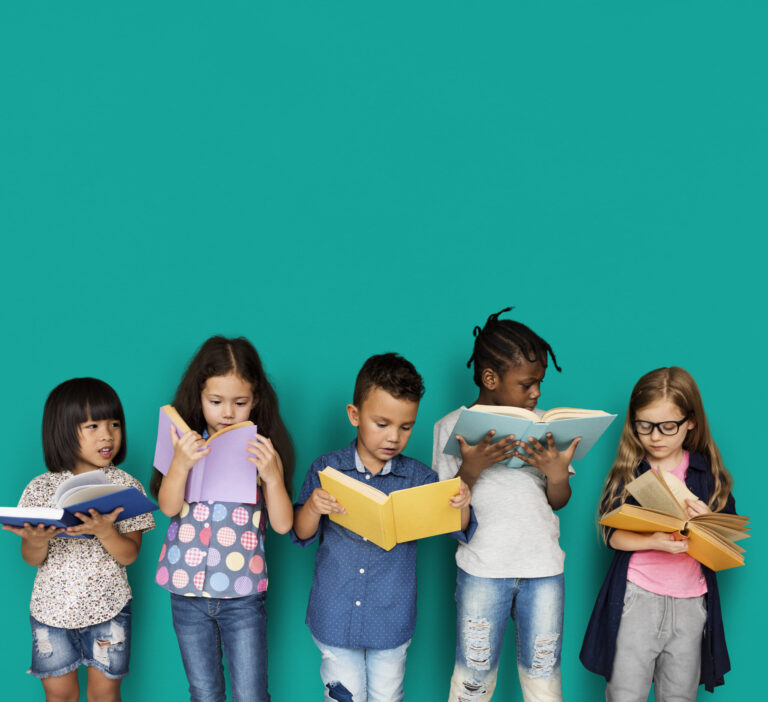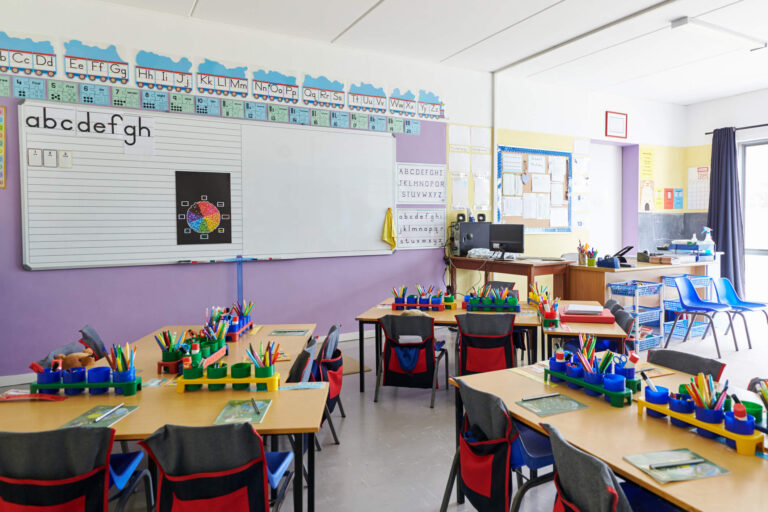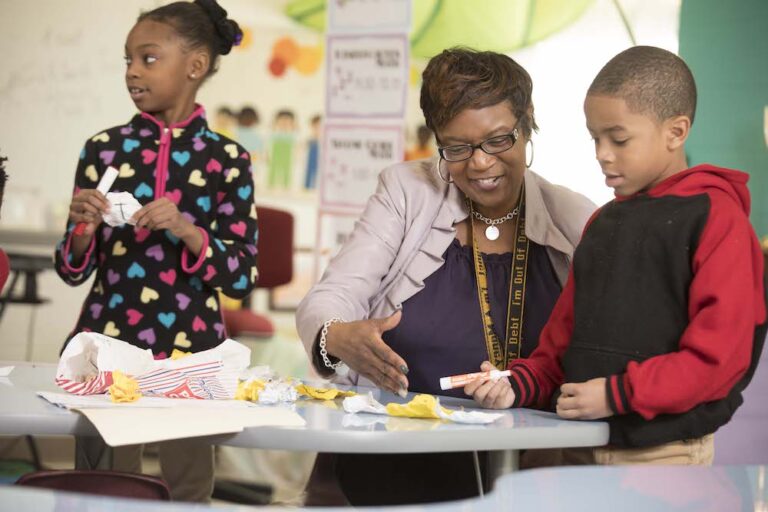We all have our favorite books, right? One you love to read, love to discuss, and love to create meaningful activities around. One that is just perfect for a particular classroom theme that you know the children will want to read over and over and over again. For me, that special book is A Letter to Amy. I’d look forward to it every year when we would start our “Friendship” or “Community Helpers” unit in February.
Today I’m sharing 3 FREE story guides for the anchor book, A Letter to Amy, a FREE REAL Time guide for a related non-fiction, informational text, A Post Office Book and How It Moves, along with 7 extension activities for your centers and small groups, and focus vocabulary to incorporate throughout your conversations and activities in your week. Lesson planning COMPLETE!
*PRO TIP: Click here for a FREE Bubble Map template to help you plan a lesson plan around an anchor book! Here is an example: “Corduroy Bubble Map.” Happy planning!
Anchor Book: A Letter to Amy
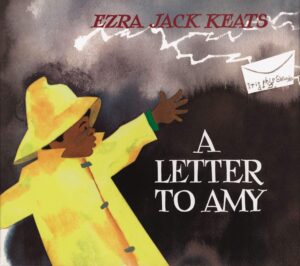 A Letter to Amy is the perfect book for your friendship and community helpers unit in February. (It also pairs really well with Valentine’s Day!)
A Letter to Amy is the perfect book for your friendship and community helpers unit in February. (It also pairs really well with Valentine’s Day!)
Before you begin story time, we have one quick question: Have you heard of the Cox Campus strategy for read alouds, “START?” In short, the START strategy elevates story time by encouraging teachers to read complex story books such as A Letter to Amy at least three times in one week. Why three times, you ask?
Brain science research shows us by rereading books, teachers help build and grow children’s vocabulary as well as deepen children’s comprehension of the text with each read. Through these read-alouds children are exposed to complex story problems, characters’ thoughts and feelings, Tier 2 vocabulary, and ‘think alouds’ for critical thinking.
Click here for your FREE “START” story guides for A Letter to Amy for all 3 repeated read alouds!
- Main Idea: Friendship is very important. It’s okay to have a special friend who is different from you.
- Tier 2 Vocabulary: reflection, repeat, request, fasten, special, invitation, invite, letter, mail, stamp, raincoat, spoil, stuff.
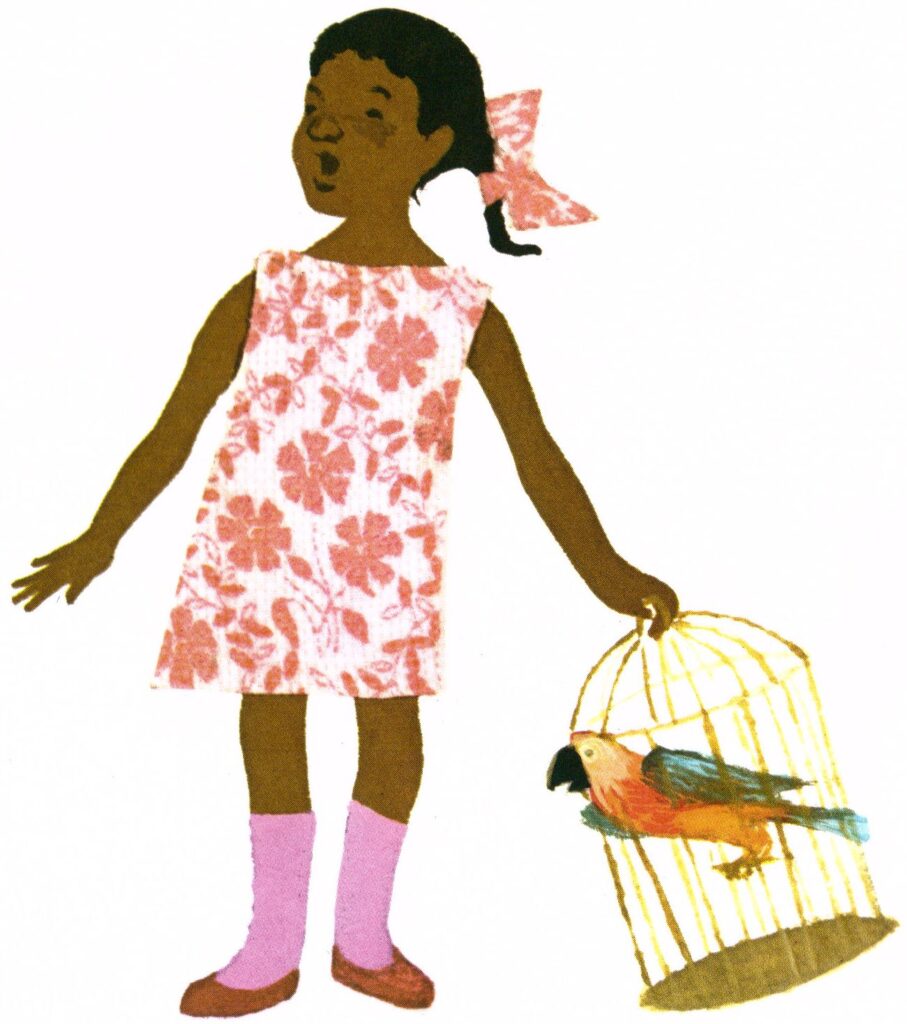
- Purpose of Read 1: “This is Peter (point to cover picture). He has a letter to send to his special friend, Amy. Oh no, look there’s a storm (point to lightning) and it looks like the wind blew the letter out of his hand. I wonder if Amy will ever get the letter. Let’s read to see what happens.”
- Purpose of Read 2: “I wonder how Peter felt when he thought Amy wouldn’t come to his party. Let’s read and find out.”
- Purpose of Read 3: “Now that you know this story so well, I would like for you to help tell the story. I wonder why Amy was so special to Peter. Let’s read to find out.”
*PRO TIP: Insert notes directly into your book from your START guide! This will help you in remembering to incorporate target vocabulary, “think alouds” for making inferences, and your “why” question at the end of the read. For more details on the START strategy, watch this FREE course: Transforming Story Time.
Informational Text: The Post Office Book: Mail and How it Moves
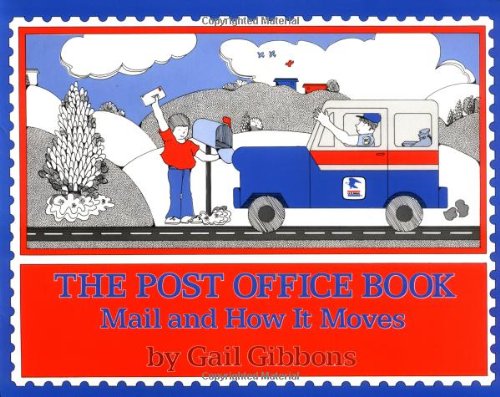 This informational text will help children find the answer to a question from the anchor book, A Letter to Amy.
This informational text will help children find the answer to a question from the anchor book, A Letter to Amy.
For example, you can start your informational text read by posing a question: “Remember, Peter wrote a special letter to his friend Amy? Look here on this page (page 16). Peter is finally putting his letter in the mailbox. We know Amy received the letter in time because she showed up for the party. But one question I had was: What exactly happened to this letter after Peter dropped it in the mailbox? How did it actually get to her house? Well, I found this book that gave me the information that I wanted to know. This information book has true facts about the mail. It is called The Post Office Book: Mail and How it Moves. Let’s read it together and find out what exactly happens to letters after people put them in mailboxes.”
The Cox Campus synthesized brain science research and created the read aloud strategy for informational 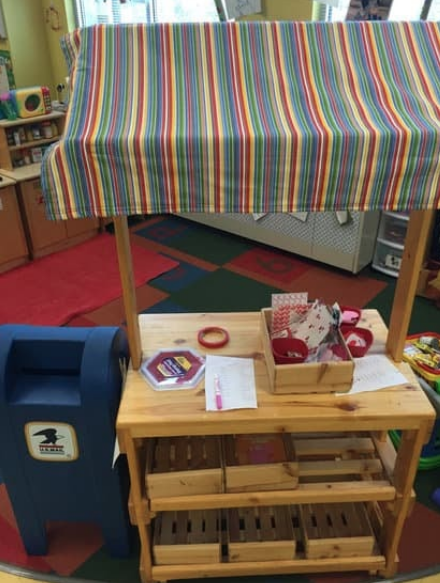 texts called “REAL Time.” This practice develops and builds world knowledge, and provides a greater understanding of new, sophisticated vocabulary through informational texts. Teachers are encouraged to pair storybooks with a non-fiction, informational text to expose children to real world concepts related to characters and story problems they read about in fictional story books. (Duke & Carlisle, 2001; Wilkinson and Son, 2011).
texts called “REAL Time.” This practice develops and builds world knowledge, and provides a greater understanding of new, sophisticated vocabulary through informational texts. Teachers are encouraged to pair storybooks with a non-fiction, informational text to expose children to real world concepts related to characters and story problems they read about in fictional story books. (Duke & Carlisle, 2001; Wilkinson and Son, 2011).
*PRO TIP: There are several informational texts that can support the book, A Letter to Amy. Here are some other informational texts that you might find in your classroom or at your local library: “A Trip to the Post Office,” “A Day with Mail Carriers,” and “Mail Carriers.” For more details on Real Time, check out this FREE course, “Building World Knowledge.”
Extension Activities
By intentionally planning centers and small groups to extend the learning from a complex storybook and informational text, teachers create a classroom environment that is ideal for creating meaningful dialogue, deepening comprehension of anchor books and informational texts, and using new vocabulary from the week!
Here is a list of 7 extension activities for your Preschool-Kindergarten classrooms: 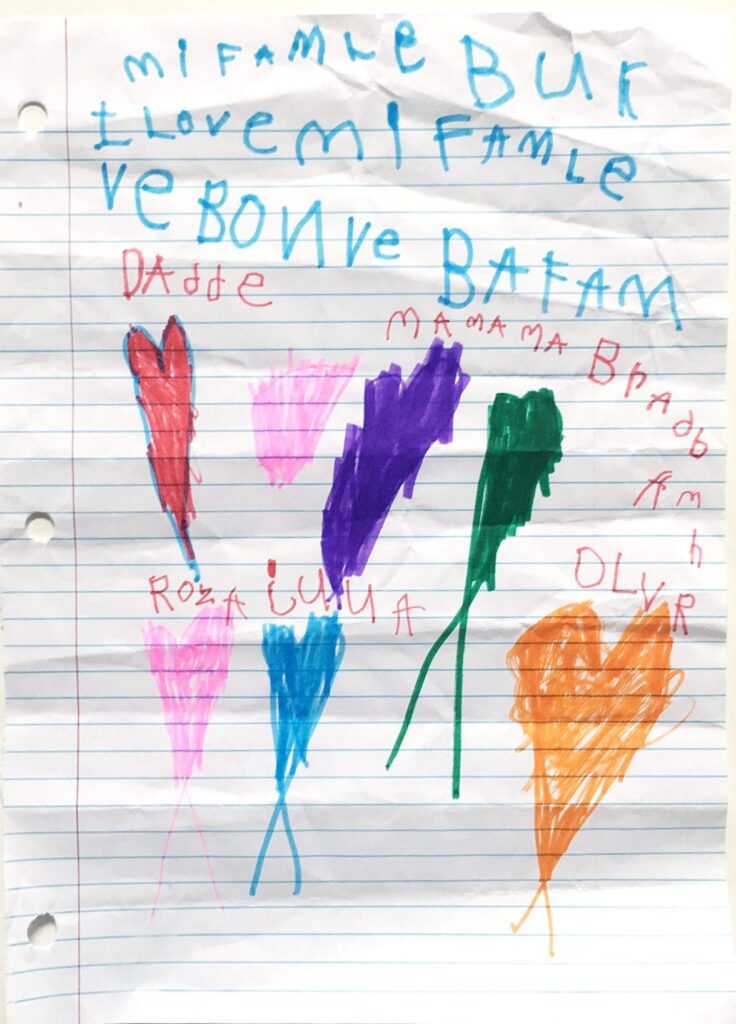
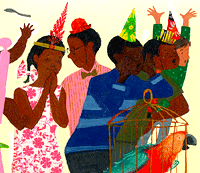


Additional Resources in the Cox Campus Library:
Second START Read Teaching Aid
